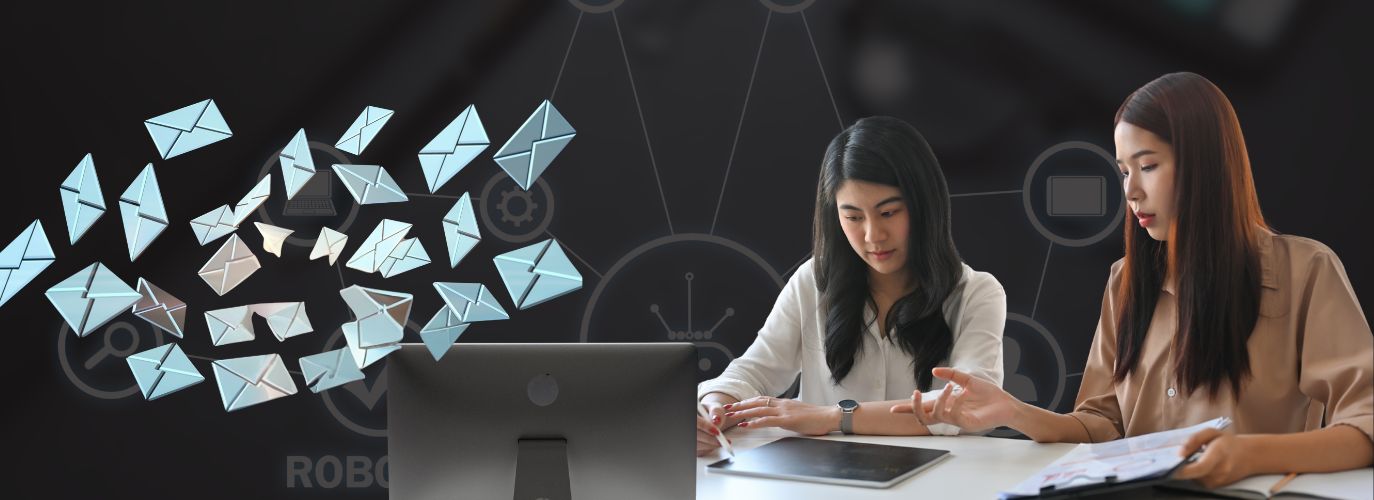
Email automation plays a critical role in turning subscribers into customers. Delivering timely, relevant content through well-planned sequences and behavioral triggers, businesses can keep audiences engaged, reduce manual work, and ultimately drive more sales.
This guide outlines key strategies to build effective automated email campaigns from triggered messages to lead nurturing workflows designed to increase engagement and return on investment.
Automated email triggers help businesses respond to user actions in real time, making communication timely and more relevant. Common and effective examples include:
Rather than relying solely on time-based sequences, consider setting up behavioral triggers based on actions like clicking a link, downloading a resource, or making a purchase. These can significantly improve personalization and relevance.
To explore how we help brands implement these email automation strategies, visit our digital marketing solutions page.
An effective email nurture sequence helps build trust and move leads through the sales funnel. Key elements include:
Spacing emails 2–3 days apart is often ideal to maintain engagement without overwhelming the recipient.
Tailoring each sequence to user behavior and interests helps ensure your messages remain relevant and welcomed.
Follow-ups are more than just reminders they can reinforce customer satisfaction and prompt further action:
Studies show that personalized follow-ups can lift open rates significantly. According to HubSpot, personalization can lead to a 26% increase in open rates.
To get the most out of email automation, consider the following:
When done right, automation allows you to scale personalized communication without sacrificing quality.
Looking to streamline your email marketing workflows? Explore our email marketing automation services to see how we can support your goals.
Whether you’re just starting out or refining an existing strategy, we’re here to help. For tailored advice or to discuss your marketing challenges, feel free to contact us.
By aligning automation with user behavior and customer intent, you can create a more effective and scalable email strategy that drives long-term results.